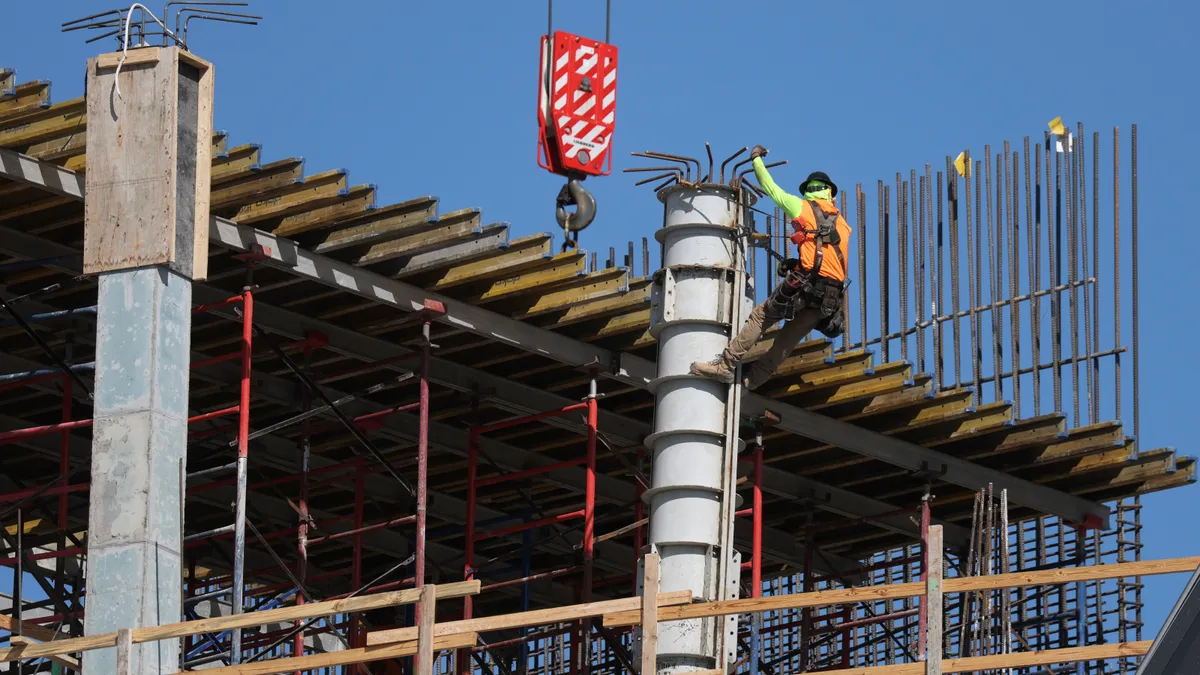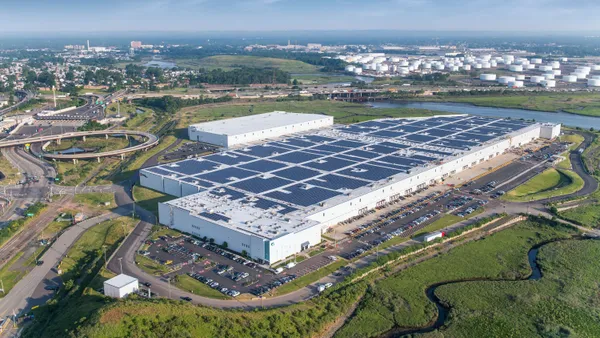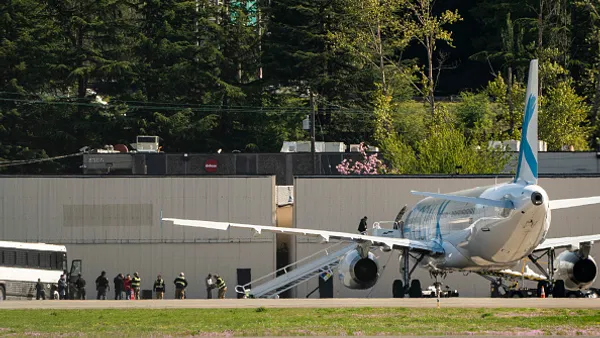President Donald Trump signed executive orders Monday implementing 25% tariffs on all steel and aluminum imports into the U.S.
The orders return steel tariffs to the level Trump set during his first term while increasing existing 10% aluminum tariffs he enacted in 2018. It also removes all exemptions and production exclusions.
“It's 25% without exceptions or exemptions, and that's all countries, no matter where it comes from,” Trump told reporters during an executive order signing ceremony at the White House.
The new tariff levels will go into effect and all exemption and exclusion agreements will expire on March 12, according to the White House, including those for European Union members.
“Unjustified tariffs on the EU will not go unanswered—they will trigger firm and proportionate countermeasures,” EU President Ursula von der Leyen said in a statement responding to Monday’s orders.
Officials from Mexico and Canada also responded Tuesday, calling the new tariffs unjustified.
Steel and aluminum imports have been a frequent tariff target under the last few presidential administrations. Trump instituted import duties on several steel and aluminum product categories during his first term, and President Joe Biden supported the actions during his own.
The U.S. imported over 26 million metric tons of steel products in 2024, according to the U.S. Census Bureau, including just over 9.1 million tons from Canada and Mexico combined. Brazil, South Korea and Vietnam counted for a large share of steel imports as well, per the American Iron and Steel Institute.
Meanwhile, more than 5 million metric tons of aluminum were imported into the U.S. in 2024, with more than half coming from Canada alone, per the International Trade Administration.
New duties on steel and aluminum imports could put a strain on U.S. manufacturing, particularly the U.S. automotive sector.
“The US automotive industry employs more than one million people and the sector depends on imported steel and aluminum, meaning that there will be real consequences if the proposed tariff is enacted,” Jonathan Colehower, managing director of the global supply chain practice at technology consulting firm UST, told Supply Chain Dive prior to Monday’s order.
However, prior to Trump’s orders on Monday, the American Iron and Steel Institute expressed support for new duties on steel.
“We look forward to working closely with the President and his administration to implement a robust and reinvigorated trade agenda to address the many foreign market-distorting policies and practices that create an unlevel playing field for American steelmakers,” Kevin Dempsey, president and CEO of the American Iron and Steel Institute, said in an emailed statement.
Meanwhile, following Monday’s orders, United Steelworkers International President David McCall said the organization was in favor of “efforts to contain the global overcapacity” of steel, but warned against imposing tariffs on U.S. allies, particularly Canada.
“Canada is not the problem,” McCall said. “Indeed, Canada has taken steps to coordinate their trade policies with the U.S. to respond to unfair foreign trade, and applying across-the-board tariffs ultimately hurts workers on both sides of the border.”
The president had hinted at the new steel and aluminum import duties on Sunday in a press briefing on Air Force One. He also said the U.S. would be announcing "reciprocal" tariffs later this week.
On Monday, Trump once again stated his intention to enact such reciprocal tariffs, suggesting his administration will look at semiconductors, cars and pharmaceuticals among possible product categories to receive tariff treatment.
“If they charge us, we charge them,” Trump said Monday. “If they're at 25, we're at 25. If they're at 10, we're at 10. And if they're much higher than 25, that's what we are too.”













